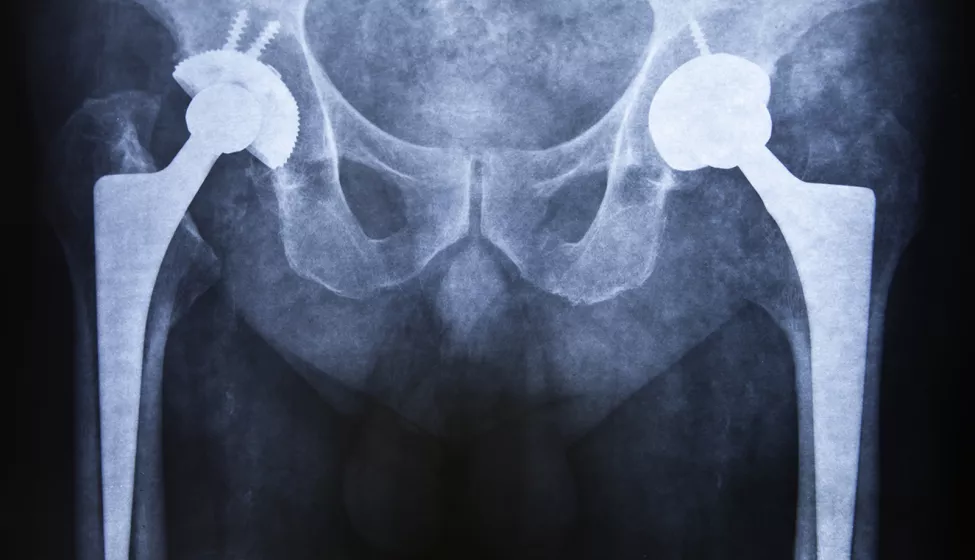January 21, 2020
Current Understanding and Future Directions
For nearly 100 years, medical device manufacturers have constructed implantable devices from metals and metal alloys such as titanium, cobalt chromium, stainless steel, nitinol, and tantalum.
While the U.S. Food and Drug Administration (FDA) requires implantable medical devices to demonstrate a reasonable assurance of safety and effectiveness, these devices are not devoid of risk. Although alloys used in implanted devices are biocompatible in most patients, a small fraction of patients will have clinically significant reactions. However, due to the complex and multifactorial nature of biologic interactions with metal implants, the industry is still working toward complete understanding of these responses. Over the past two decades, awareness of these biologic interactions has grown, and significant research and literature has been published on the topic across many sectors of the medical device industry.
The primary phenomenon responsible for this recent awareness is one many people are familiar with: corrosion. Corrosion, to most of us, conjures an image of brown rust on the surface of a weathered metal structure. However, corrosion is simply an electrochemical reaction between a metal and an electrolyte (e.g., salt water or body fluid like blood), which results in the release of metal ions from a device's surface, an accompanying buildup of excess electrons that create shifts in voltage and current through the material, which result in the conversion of metal and water to metal oxide. Although modern biomedical alloys are chosen due to their natural resistance to corrosion, it may still occur in vivo under certain circumstances. Electrochemical reactions and their products, when they occur in the body, have been associated with reactions in local tissues, which may result in clinically significant symptoms and the need for additional intervention.
In September 2019, FDA published a white paper titled "Biological Responses to Metal Implants" that reviews the currently available scientific literature related to metal use in medical implants. In particular, the paper focuses on "how metal materials are impacted by a physiological environment, expected and potential immune system responses to the metal associated with an implant, as well as subsequent clinical manifestations."
While reactions to implantable orthopedic devices, cardiovascular devices, active electrophysiology and neurostimulation devices, and women's health products are rare, they are not unexpected, are multifactorial in nature, and include clinical, device, and individual patient factors.
FDA's white paper reviews aspects of device design and applications that span pre-clinical materials selection, current standardized durability testing, and specific in vitro corrosion testing. A review of the scientific community's current understanding of subclinical and clinical responses (biologic response once the metallic device is implanted) is also presented. FDA offers conclusions such as, "Understanding the underlying molecular mechanisms is the first step to develop pre-operative screening to distinguish patients at greater risk for adverse reactions," indicating that the scientific community continues to refine its understanding of the possible biologic responses as innovation for modern medical devices continues to progress.
While the FDA accepts that no implantable medical device is risk free for every patient, the quantification of risk in the context of evaluating safety and efficacy continues to evolve with the state of knowledge. As a result, FDA's paper serves as a multidisciplinary review of the agency's thoughts on this topic, which therefore may influence future directions in testing and evaluation for those developing and commercializing medical devices.
How Exponent Can Help
Exponent's multidisciplinary team of engineers, scientists, and regulatory experts have extensive experience in helping implantable medical device manufacturers consider the behavior and characteristics of their metallic implantable devices to identify and mitigate risk (as the areas illustrated in FDA's whitepaper) across all stages of the product life cycle.
This includes material selection and characterization, pre-clinical testing, and evaluation of materials in the laboratory and in animals to identify and mitigate risks. Once a medical device has been FDA cleared or approved, we can also use statistical and epidemiological techniques to analyze field data and provide post-market risk assessment.
